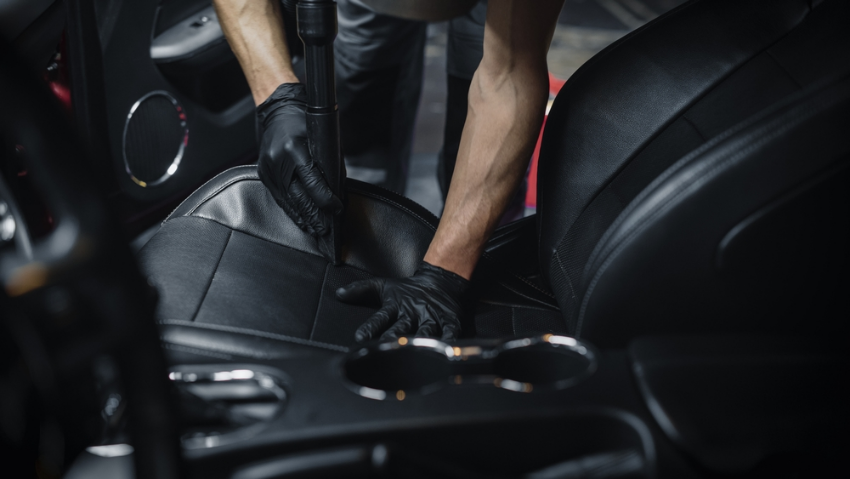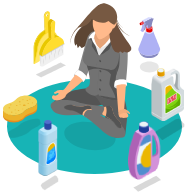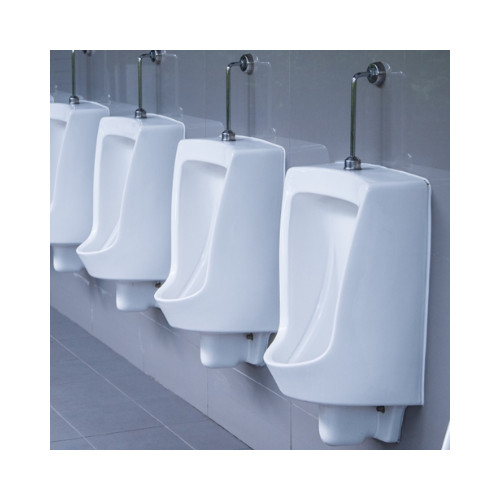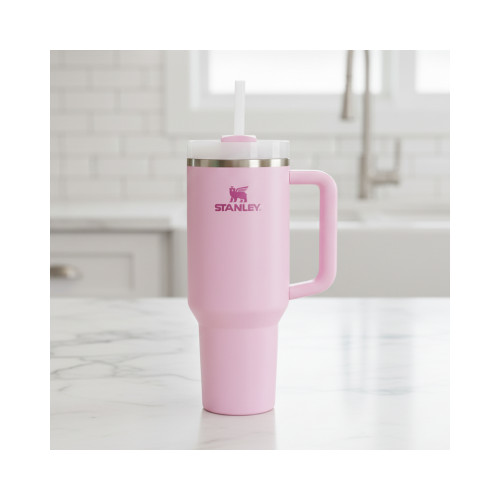
How to Clean Car Seats, Carpet and Upholstery
Have you ever looked at the interior of your car and wondered, "How did it get so messy?" Whether it's a spilled coffee, an unexpected baby mishap, a lingering pet odor, or just the daily grime that accumulates over time, keeping your car's interior pristine can feel like a never-ending battle. Remember when your car was brand new, with that fresh, clean scent and spotless upholstery? Good news: you can reclaim that feeling without breaking the bank or heading to the auto shop - you might even be able to use some of the home cleaning products that you already have.
In this blog, we'll guide you through a step-by-step process to clean your car’s interior upholstery as effectively as a professional valet—right from the comfort of your own home. With a little time and the right techniques, you’ll transform your car back to its showroom glory, save money, and enjoy the satisfaction of a job well done. Ready to roll up your sleeves and bring back that pristine look? If you're looking for information on how to clean car seats, carpet and upholstery, you're in the right place - let’s dive in!

Routine Cleaning
Frequency: Weekly
-
Brush and Vacuum the Interior
Products required: Stiff-Bristled Brush, Vacuum Cleaner
To thoroughly clean your car mats, start by unclipping them and removing them from the vehicle. Using a stiff-bristle brush, vigorously scrub the mats to loosen and lift dirt that has been ground in from shoes. This method is more effective than simply vacuuming, as the brush can reach deep into the fibers, dislodging embedded dirt and debris that even a vacuums suction is not strong enough for.
Ensure you remove all loose dirt and debris by thoroughly vacuuming every seam, nook, and cranny, starting with your seats and then the carpets. Use a crevice cleaner attachment to reach those tight spaces and corners for a deep, comprehensive clean.
If you have a dog, use a pet hair removal brush with rubber bristles. Spraying the carpet with diluted fabric softener makes it easier to brush up soft dog hair more effectively. -
Spot Clean Stains (Cloth Seats)
Products required: Dr Beckmann Upholstery Stain Remover, Microfibre Cloths
Gently apply Dr Beckmann Upholstery Cleaner to the car seat fabric to remove stains from juice, coffee, tea and sauces. Work it in lightly, being careful not to oversaturate.
Allow the product to sit for 3 minutes then, use a damp, light-colored cloth to thoroughly dab off any residue. Rinse your brush after use to keep it clean. -
Seat Cleaning (Leather Seats)
Products required: Prochem Leather Conditioner, Microfibre Cloths
Shake Prochem Leather Cleaner well before use.
Apply a small amount of the product onto a clean, damp terry tea towel and gently clean a small area of the leather surface. Repeat for full surface, paying particular attention to remove any debris or soling for stitching, creases and corners.
Wipe over and rinse the surface with a different damp cloth to remove any soilng and residue.
Finally, use a third cloth to dry the seat surface.
Deep Cleaning
Frequency: Twice per year
Ensure the 'routine cleaning' steps above have been followed prior to undertaking the steps below.
-
Extraction Clean Car Seats (Cloth Seats) and Carpets
Products required: Greyland Cherry-Maximum Extraction Carpet Cleaner/Deodoriser, Extraction Machine
Fill the machine's clean water tank with water (depending on the machine, this may be cold or warm). Add Greyland Cherry-Maximum to the tank, to a ratio of 1 part Cherry-Maximum to 50 parts water.
Starting at the top of the seat, work your way down. Hold the machine's nozzle close to the fabric and press the trigger to spray the cleaning solution onto the seat. Simultaneously, use the nozzle to extract the dirty water back into the machine.
Use overlapping strokes to ensure the entire surface is thoroughly cleaned. Work slowly to allow the machine to effectively remove dirt and moisture.
Once the seats are cleaned, allow them to air dry. Open the car doors or windows to increase ventilation and speed up the drying process. Avoid using the seats until they are completely dry to prevent any mildew or odor from developing.
Repeat the above for the cars carpets. -
Seat Conditioning (Leather Seats)
Products required: Prochem Leather Cleaner, Prochem Leather Conditioner, Microfibre Cloths
Shake well before using Prochem Leather Conditioner.
Apply Prochem Leather Conditioner to a clean, slightly damp cloth.
Evenly spread it across the leather and let it sit for a few minutes to absorb.
Wipe off any excess with a clean, dry, soft cloth, then buff to a smooth finish.
Spot Cleaning
Frequency: As and when required
Body Fluid Spillage
Products required: Micro Clean
The question of 'how to clean car seats' is often asked when learning how to tackle some of the toughest spills, including vomit and pet urine. Micro Clean is a user-friendly biological cleaner that harnesses the power of specially selected microorganisms. These microorganisms produce enzymes that effectively break down all types of organic stains and spills. The enzymes work by accelerating the breakdown of organic matter, which classifies the microorganisms in our cleaner as probiotics.
Micro Clean is particularly effective on carpets and upholstery where soiling such as body fluids and spilt beverages has been absorbed into the fabric. This makes it the perfect solution for tackling tough messes like pet urine or baby vomit in your car's interior.
Micro Clean is superior because it soaks deep into the fabric, allowing the microorganisms to thoroughly clean from within, unlike regular cleaners that only treat the surface.
How to Use Bio-Productions Micro Clean
Follow the steps below to to clean body fluid spillages from your car seats or carpets:
- Shake the container well before opening.
- To activate the microorganisms, dilute the solution with lukewarm water at a 1:1 ratio. The diluted mixture must be used within 3-4 hours. Do not dilute with hot water, as this will destroy the microorganisms and the cleaning process will not work.
- Apply the solution to the contaminated area using a sponge or brush. Wringing out a sponge over the affected area is particularly effective, and we recommend making the area thoroughly wet to allow the microorganisms to fully penetrate the fabric.
- For optimal results, cover the treated area with a damp cloth soaked in the diluted Micro Clean solution.
Stay Connected
Stay connected and be the first to know about our latest products, special offers, and exciting news:The Cleaning Blog
Want to learn more about cleaning? From the latest cleaning and hygiene news to handy how-to guides, why not check out our most popular blog categories.Stay Connected
Stay connected and be the first to know about our latest products, special offers, and exciting news:












